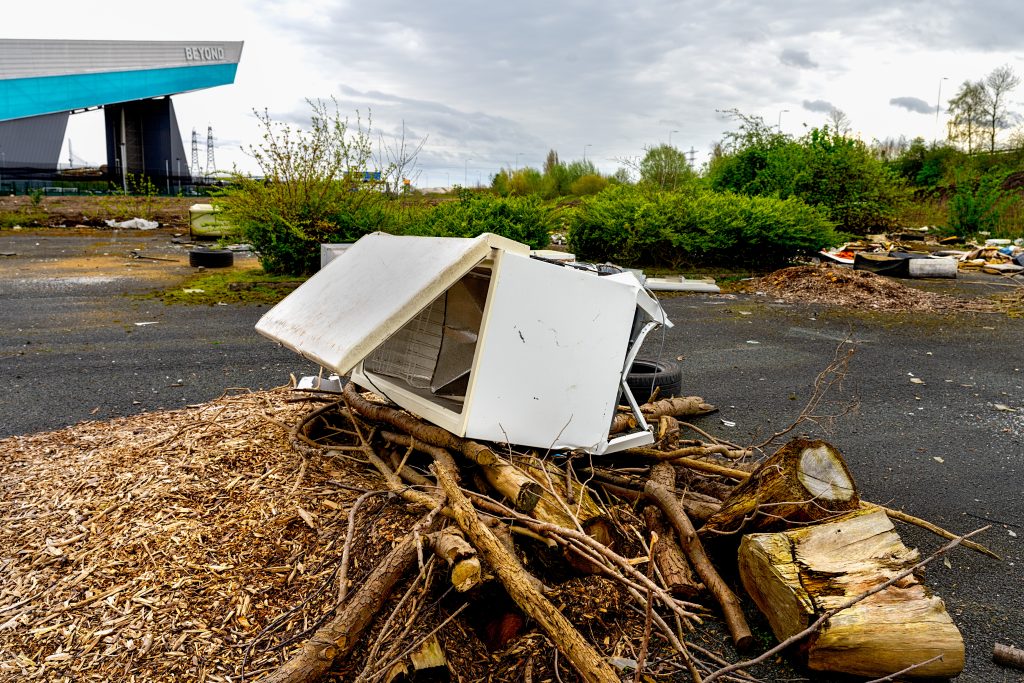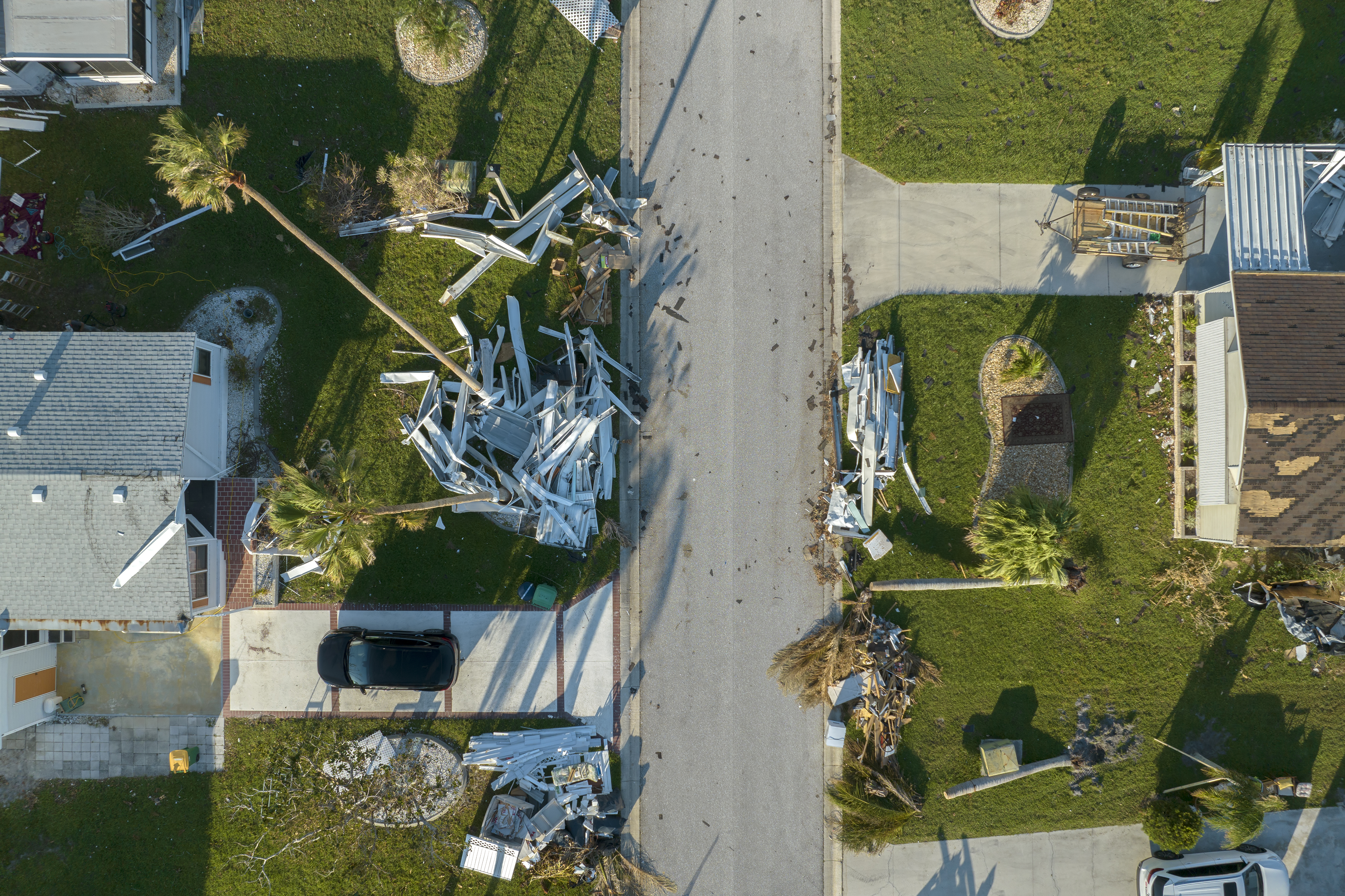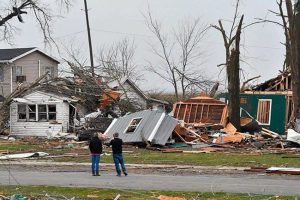Tornadoes are one of nature’s most destructive forces, capable of leveling entire neighborhoods in a matter of minutes. The aftermath often leaves communities in shock, with homes, businesses, and personal belongings reduced to debris. For those affected in Austin, knowing what steps to take before, during, and after a tornado can make a significant difference in recovery and rebuilding efforts.
The Devastating Impact of Tornadoes:
When a tornado touches down, the destruction can be overwhelming. High-speed winds, often exceeding 100 mph, tear through buildings, uproot trees, and scatter debris over miles. Power outages, water contamination, and road blockages add to the chaos, making immediate recovery efforts challenging.
Families may be displaced from their homes, businesses may suffer losses, and communities face an uphill battle in restoring normalcy. In such times, having a clear action plan can help reduce panic and set the stage for a more organized recovery process.
Steps to Take Before a Tornado Strikes:
Being proactive can significantly reduce potential damages and ensure a smoother recovery. Here are some key preparations to consider:
- Review Your Emergency Plan
- Identify a designated safe space in your home, such as a basement or an interior room with no windows.
- Establish an evacuation plan with your family and communicate it clearly.
- Keep emergency contact numbers readily available.
- Assemble an Emergency Kit
- Stock up on essentials like non-perishable food, bottled water, flashlights, batteries, and a first-aid kit.
- Have important documents, such as identification, insurance policies, and medical records, in a waterproof and fireproof container.
- Secure Your Home
- Install storm shutters to protect windows from flying debris.
- Reinforce doors and roofs to withstand strong winds.
- Anchor outdoor furniture and structures to prevent them from becoming hazardous projectiles.
- Stay Informed
- Monitor local weather alerts and warnings from the National Weather Service.
- Know the difference between a tornado watch (conditions are favorable) and a tornado warning (a tornado has been spotted or detected by radar).

What to Do During a Tornado
If a tornado is imminent, safety should be the top priority. Follow these guidelines to protect yourself and your loved ones:
- Seek shelter immediately in the safest location possible.
- Stay away from windows, doors, and exterior walls.
- If you are outside, find a low-lying area such as a ditch and cover your head.
- Avoid taking shelter under overpasses or bridges, as they can become wind tunnels and increase the risk of injury.
Steps to Take After a Tornado
Once the tornado has passed, the recovery process begins. Here’s what you should do next:
- Ensure Safety First
- Check for injuries and provide first aid if necessary.
- Avoid downed power lines, broken gas pipes, and unstable structures.
- If you smell gas or see electrical hazards, evacuate the area and contact the appropriate authorities.
- Assess the Damage
- Document all damage by taking photos and videos.
- Make a list of damaged or lost items, including their approximate value.
- Keep receipts for any temporary repairs or accommodations.
- Contact Your Insurance Provider
- Notify your insurance company as soon as possible.
- Provide detailed information about the damage and any immediate assistance required.
- Ask about the claims process, documentation requirements, and expected timelines.
- Prevent Further Damage
- Cover broken windows and roofs with tarps to prevent additional water damage.
- Secure valuables that were not affected to avoid further loss.
- Work with an Insurance Adjuster
- An adjuster will inspect your property to determine the extent of the damage.
- Be present during the inspection to ensure all damages are noted.
- Provide any supporting documentation, such as before-and-after photos.
Understanding Tornado Insurance Coverage:
In the wake of a tornado, financial recovery can be just as challenging as physical recovery. Having the right tornado insurance coverage can make all the difference. While standard home insurance for tornadoes generally covers wind damage, policies vary in terms of deductibles and exclusions.
- What Tornado Insurance Covers
- Structural damage to homes, including roofs, walls, and foundations.
- Personal property loss, such as furniture, appliances, and electronics.
- Additional living expenses if your home becomes uninhabitable and you need temporary accommodations.
- Liability protection if debris from your property damages a neighbor’s home or injures someone.
- Common Challenges in Filing a Tornado Insurance Claim
- Low settlement offers: Insurers may initially offer less than expected. Providing thorough documentation can help support your claim.
- Delays in processing: Insurance companies may experience high volumes of claims after a disaster, so patience and persistence are key.
- Claim denials: Understanding your policy and appealing a denial, if necessary, can ensure you receive the compensation you deserve.
Conclusion:
Recovering from a tornado can be a long and difficult process, but taking proactive steps can make a world of difference. From preparing your home before a storm to filing an insurance claim afterward, being informed and prepared can help ease the burden.
Understanding your tornado insurance coverage ensures that you are financially protected when disaster strikes. By taking the right precautions and working with your insurance provider, you can rebuild your home and move forward with confidence.
When the unexpected happens in Austin, Insurance Claim Hero stands ready to guide you through every step of the recovery process. Their experienced team specializes in maximizing your tornado damage claims, ensuring you receive the full compensation you deserve while reducing stress during this challenging time. Don’t face the aftermath alone—partner with Insurance Claim Hero and transform your recovery journey from overwhelming to manageable.




